CT/SAL
Y521-A Conductivity (salinity) sensor calibration
Writer: admin Time:2023-12-06 16:05:22 Browse:2149℃
Y521-A Conductivity (salinity) sensor calibration
Required equipments and raw materials
Required equipments: two 250mL beakers, one set of gloves.
Raw materials: 1.4083mS/cm conductivity standard solution, 12.852mS/cm conductivity standard solution.

Calibration steps
There are two methods of user calibration for the conductivity sensor: 1-point calibration and 2-points calibration.
1-point calibration was done in 1.4083mS/cm conductivity standard solution, 2-points calibration was done in 1.4083mS/cm conductivity standard solution and 12.852mS/cm conductivity standard solution.
1-point calibration step (change the K value)

Step 1: put an appropriate amount of 1.4083mS/cm conductivity standard solution into a 250mL beaker, put the sensor into the beaker, shake the sensor gently to remove air bubbles from the front of the sensor;
Step 2: Under the “Automatic Calibration” interface, change the “Single/First Point Calibration Value” to 1.4083, click “1 point” to do one-point calibration, wait for the values in the pop-up window to stabilize, and click “OK” to complete the calibration. Click “Get” to check whether the K value is written correctly;
Step 3: click “Start” under the “CT” interface to get the real-time measurement of the conductivity, TDS and temperature, check that the conductivity is close to 1.41mS/cm to verify that the one-point calibration is successful.
2-points calibration step (change the K and B values)
 Step 1: put an appropriate amount of 1.4083mS/cm conductivity standard solution into a 250mL beaker, put an appropriate amount of 12.852mS/cm conductivity standard solution into another 250mL beaker;
Step 1: put an appropriate amount of 1.4083mS/cm conductivity standard solution into a 250mL beaker, put an appropriate amount of 12.852mS/cm conductivity standard solution into another 250mL beaker;
Step 2: put the sensor into the beaker containing 1.4083mS/cm conductivity standard solution, shake the sensor gently to remove air bubbles from the front of the sensor;
Step 3: Under the “Automatic Calibration” interface, change the “Single/First Point Calibration Value” to 1.4083, change the “Second Point Calibration Value” to 12.852, click “2 points” to do two-points calibration, wait for the values in the pop-up window to stabilize, and click “OK”. Then clean the sensor with distilled water or deionized water, wipe it dry and put it into the beaker containing 12.852mS/cm conductivity standard solution, shake the sensor gently to remove air bubbles from the front of the sensor, wait for the values in the pop-up window to stabilize, and click “OK” to complete the calibration. Click “Get” to check whether the K and B values are written correctly;
Step 4: click “Start” under the “CT” interface to get the real-time measurement of the conductivity, TDS and temperature, check that the conductivity is close to 12.85mS/cm, then clean the sensor with distilled water or deionized water, wipe it dry and put it into the beaker containing 1.4083mS/cm conductivity standard solution, shake the sensor gently to remove air bubbles from the front of the sensor, get the real-time measurement of the conductivity, TDS and temperature, check that the conductivity is close to 1.41mS/cm to verify that the two-points calibration is successful.
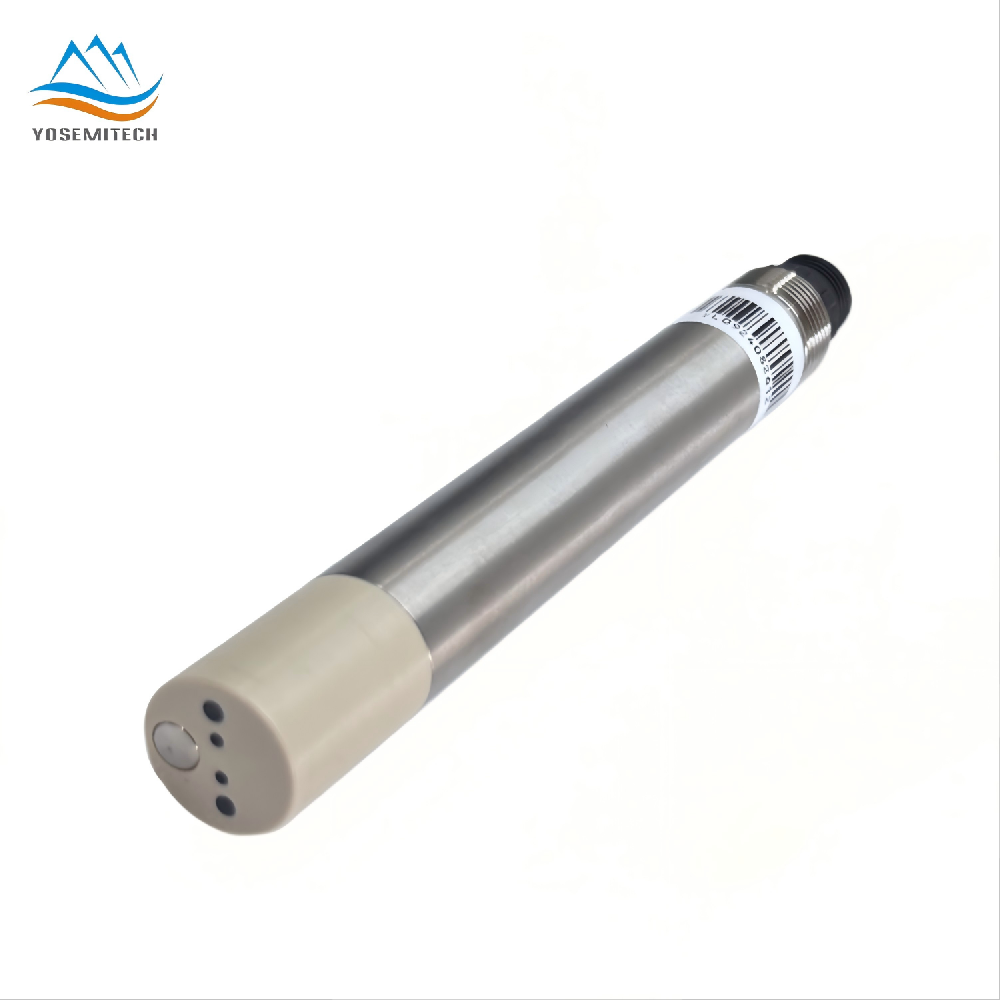
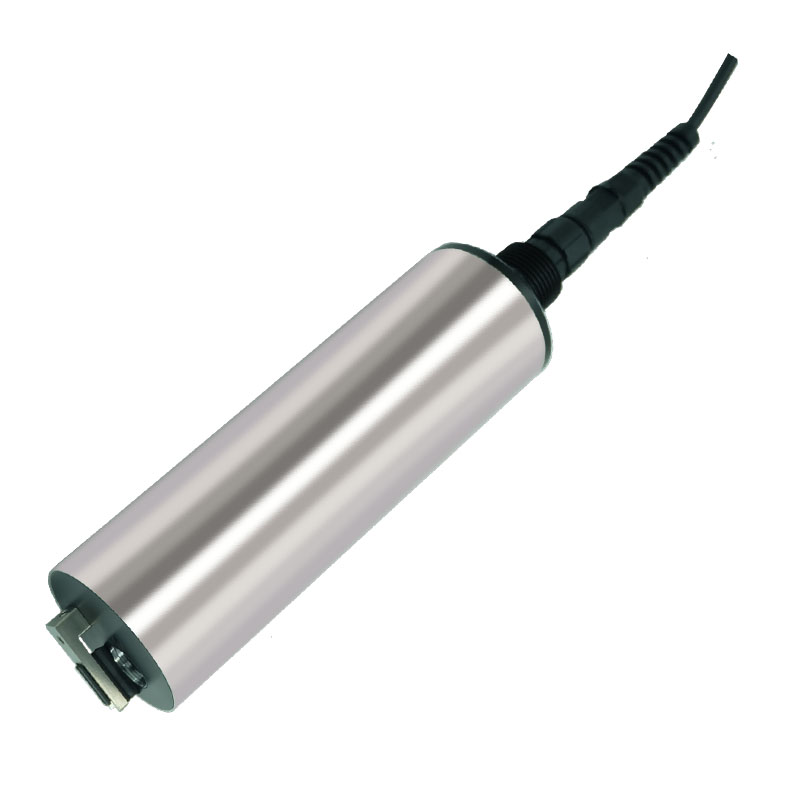
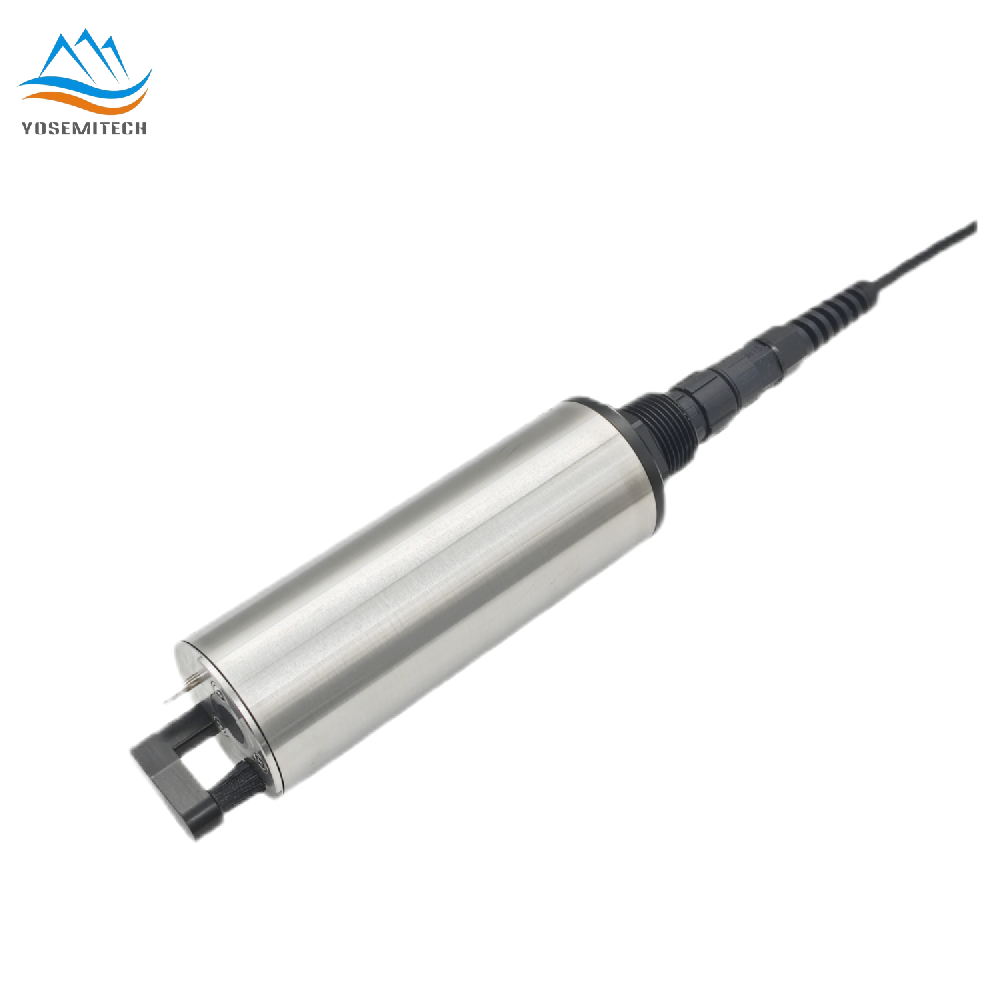
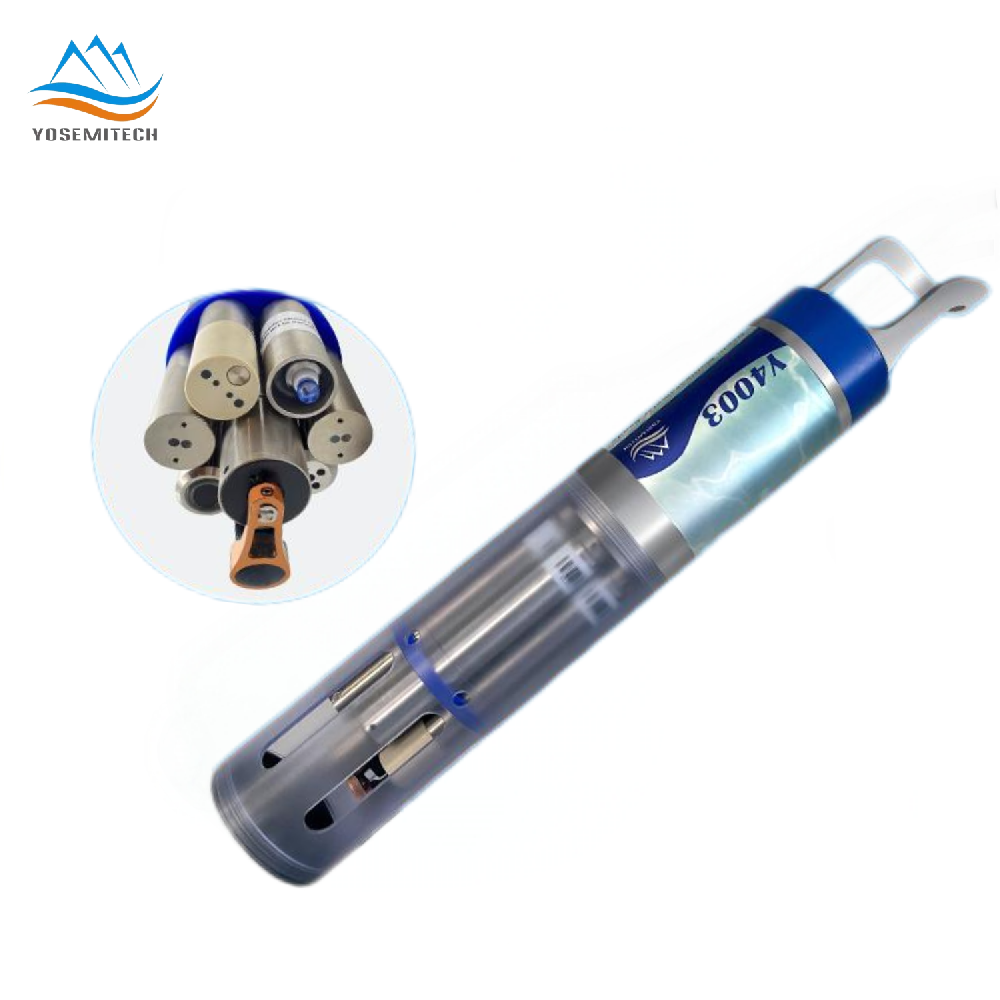
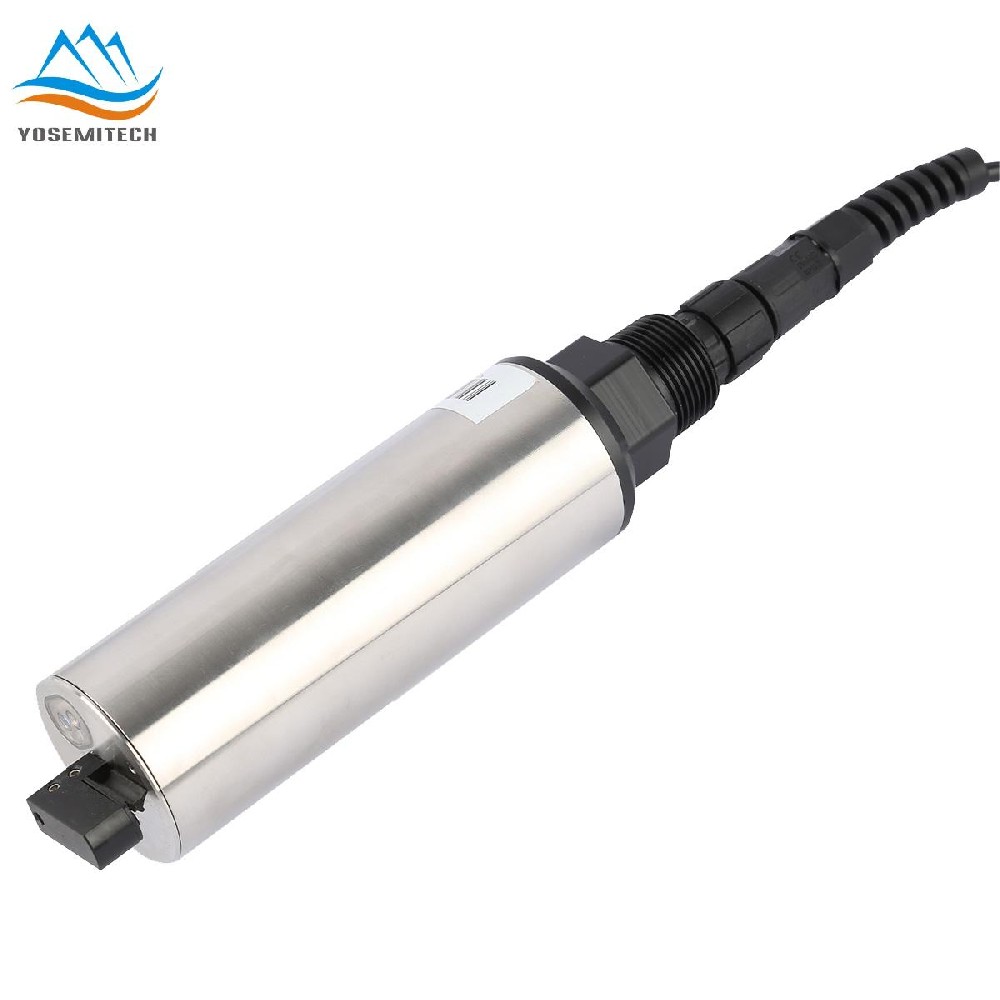
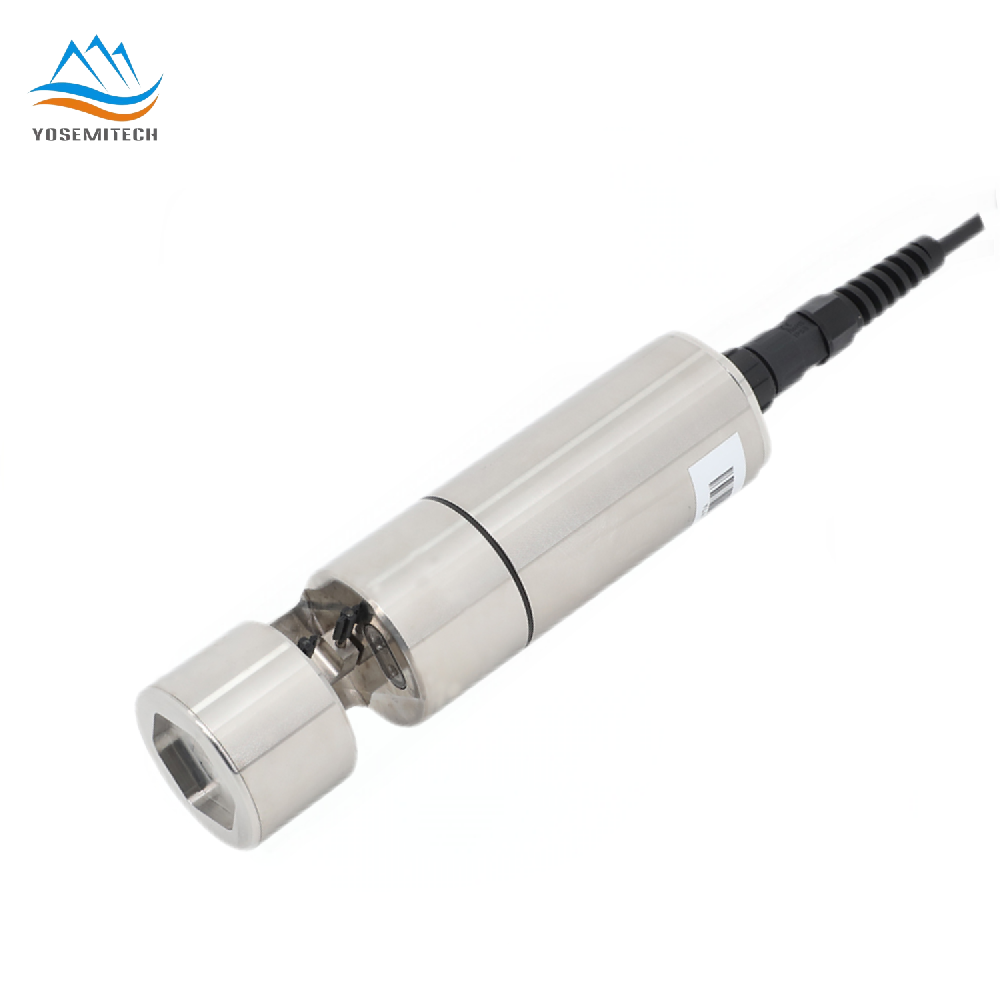
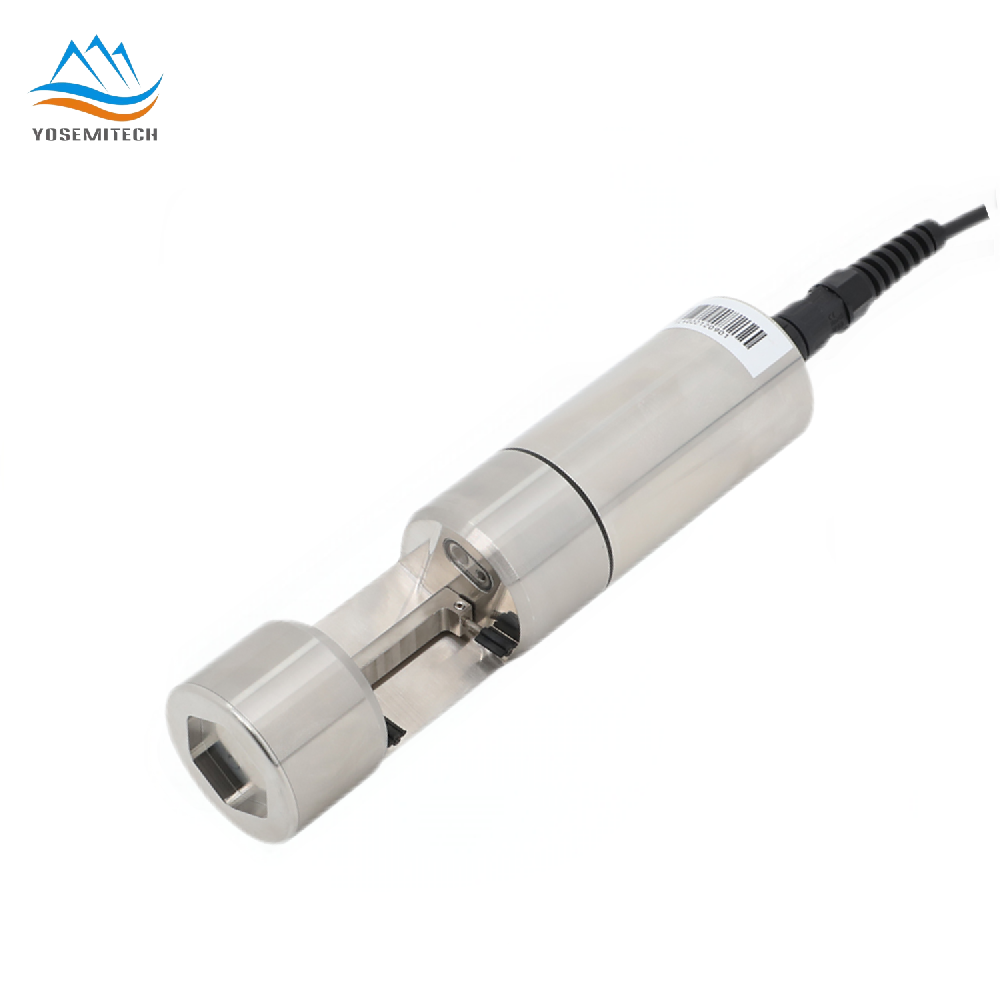
 +86 19984844080
+86 19984844080 sales@yosemitech.com
sales@yosemitech.com Bldg,25,CECEP Industrial Park, No. 18 Dongchang Rd. Suzhou Industrial Park, Jiangsu Province,China 215126, China
Bldg,25,CECEP Industrial Park, No. 18 Dongchang Rd. Suzhou Industrial Park, Jiangsu Province,China 215126, China